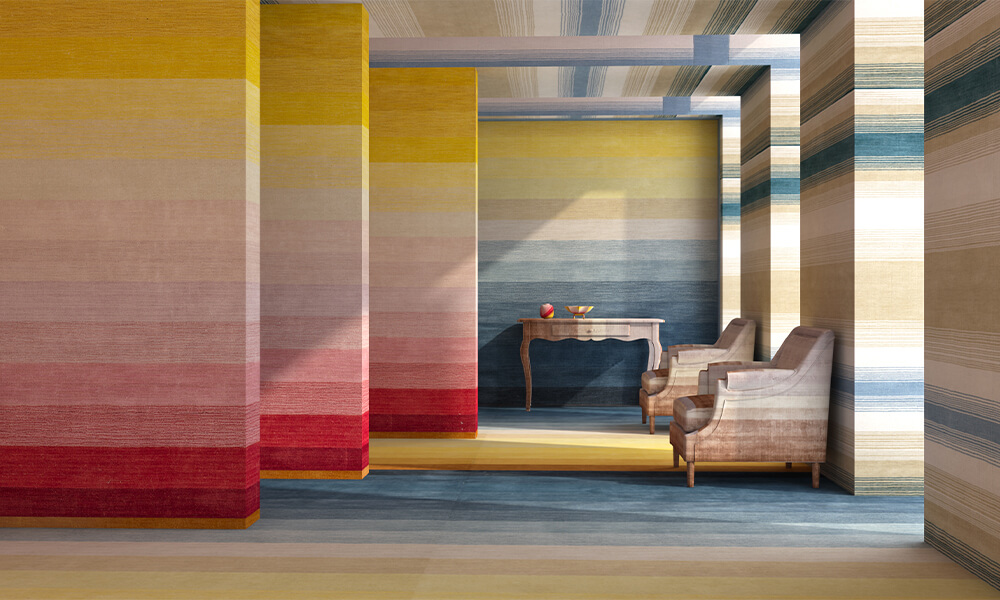When it comes to creating a visually appealing and functional space, interior design plays a crucial role. Design dynamics in the world of interiors refer to the principles and techniques used to create a harmonious and dynamic environment that not only looks aesthetically pleasing but also functions efficiently.
Understanding Design Dynamics
Design dynamics encompass various elements, including color schemes, furniture placement, lighting, textures, and patterns. By carefully considering these elements, interior designers can transform a mundane space into an inviting and captivating one.
One of the key aspects of design dynamics in interior design is achieving a balance between different elements. This balance can be achieved through symmetry or asymmetry, depending on the desired effect. Symmetrical design creates a sense of order and stability, while asymmetrical design adds a touch of excitement and visual interest.
The Role of Colors
Colors play a vital role in design dynamics. Each color has its own psychological effects and can influence the mood of a space. Warm colors like red, orange, and yellow create a cozy and energetic atmosphere, perfect for social spaces. On the other hand, cool colors like blue, green, and purple promote relaxation and tranquility, making them ideal for bedrooms and quiet areas.
Using color schemes effectively is also essential in design dynamics. Complementary colors, which are opposite each other on the color wheel, create a vibrant and dynamic contrast. Analogous colors, which are adjacent to each other, provide a harmonious and cohesive look. By understanding the principles of color theory, interior designers can create visually pleasing spaces that evoke the desired emotions.
Furniture Placement and Spatial Flow

Another important aspect of design dynamics is furniture placement. Furniture should be arranged in a way that promotes a smooth flow of movement and maximizes the functionality of the space. The size and scale of furniture should be proportionate to the room to avoid overwhelming or underwhelming the space.
Creating focal points within a room is also crucial in design dynamics. Focal points draw attention and create visual interest. This can be achieved by using a statement piece of furniture, an eye-catching artwork, or a striking architectural feature.
Lighting and Ambiance
Lighting is a powerful tool in interior design that greatly influences the ambiance and mood of a space. Natural light is always preferred, as it creates a sense of openness and warmth. However, artificial lighting is equally important, especially during the evening or in rooms with limited natural light.
Using a combination of ambient, task, and accent lighting allows for flexibility and control over the atmosphere. Dimmers and adjustable fixtures help create different moods for various activities or occasions. Proper lighting enhances the overall design dynamics, highlighting key features and creating a pleasant and inviting environment.
Textures and Patterns
Textures and patterns add depth and visual interest to a space. By combining different textures, such as smooth, rough, shiny, or matte surfaces, interior designers can create a multi-dimensional environment. Patterns, whether through wallpapers, fabrics, or tiles, can add personality and style to a room.
However, it is important to strike a balance and not overwhelm the space with too many textures or patterns. A cohesive color palette and a well-thought-out selection of textures and patterns contribute to the overall design dynamics, creating a visually pleasing and harmonious space.
Design dynamics in interior design are essential for creating a visually appealing and functional space. By considering elements such as color, furniture placement, lighting, textures, and patterns, interior designers can transform any space into a dynamic and inviting environment.







Comments